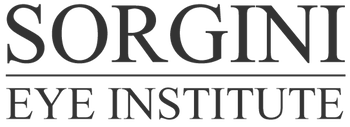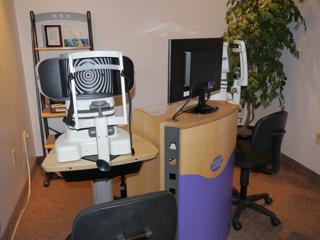A Modern Facility in Northern Ontario
The Sorgini Eye Institute features state of the art equipment that includes an Orbscan topographer, Zywave aberrometer, Zylink Software, a Bausch & Lomb 217Z excimer laser and advanced eye tracker.
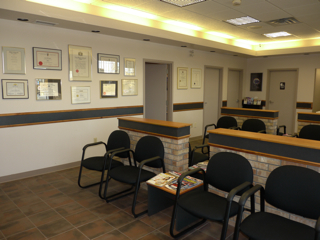 Serving You
Serving You
We have a comfortable waiting room and attentive staff to make certain your short stay with us is comfortable. Patients familiar with our clinic are also familiar with the excellent service and outstanding results we have achieved using LASIK to give people the freedom they desire.
Our Equipment
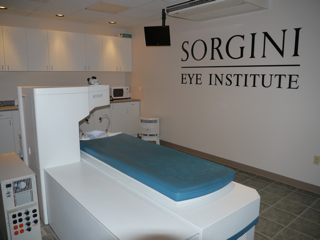
The laser and associated equipment are of the latest technology available. The laser uses scanning technology for treatment for myopia, astigmatism, and hyperopia. It has an active eye tracker that monitors eye movements and adjusts the laser to compensate for these movements 50 times faster than the eye can move. Our clinic has internationally respected LASIK equipment and one of the most accurate methods of measuring corneal shape. Our laser is constantly receiving hardware and software upgrades to keep it among the most advanced excimer laser treatment facilities in the world.
In addition to the eye tracker, the laser is under complete surgeon control. Our excimer laser is extremely precise, reshaping corneal tissue 1/4000th of a millimeter at a time. This kind of precision is important to produce the results we expect. Our laser rests on a solid concrete platform to assure stability. It can treat the largest possible corneal diameter and polishes surface as it treats. The laser is maintained on a regular basis by factory technicians and is calibrated before each patient by Dr. Sorgini himself. When bilateral LASIK procedures are performed, extensive precautions are taken to reduce the risk of infection and help produce better flap construction. None of our patients have ever had a corneal infection from either the LASIK or PRK procedure.
Orbscan/Zywave
The Orbscan IIZ independently provides full corneal thickness, corneal topography and elevation data of the entire anterior and posterior corneal surface. Over 9000 data points are measured using a slit scanning technology.
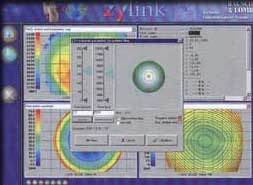
The Zywave Aberrometer is used to map the unique impairments of an eye. A narrow laser beam is reflected off the retina to identify and measure aberrations, which cause visual distortions. The images, captured by a built-in video camera, are then converted by a software algorithm into two-and three-dimensional diagrams - graphically represented by colors on a video display.
